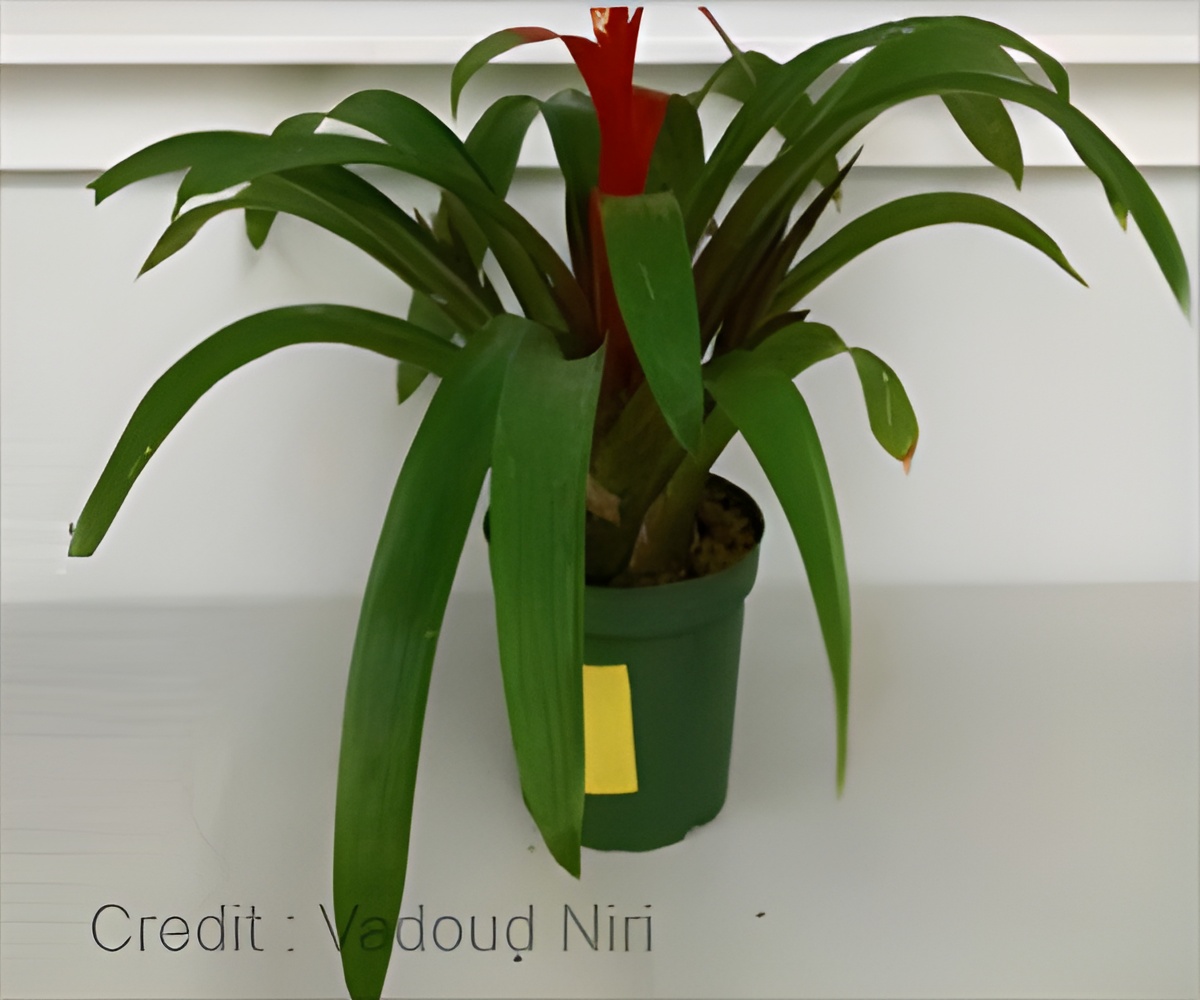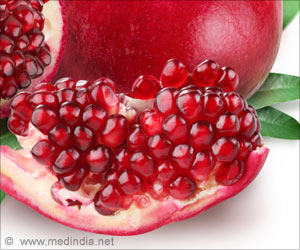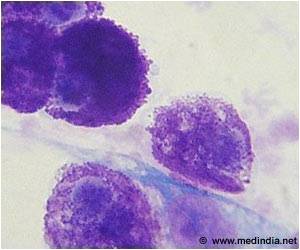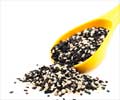Inexpensive source of plant-derived protein enhances growth, nutrition in broccoli plants.

TOP INSIGHT
Soy flour-coated seeds had greater seedling root and shoot growth compared with the noncoated control.
The experiments involved a 10% suspension of soy flour used as a seed treatment binder in all coatings. The solid particulate filler was composed of mixtures of soy flour, cellulose, and diatomaceous earth (together called SCD). The researchers measured several growth characteristics: seed germination, seedling and plant growth, and nitrogen (N) content.
Results showed enhanced plant growth and development through measurements of biomass, plant height, leaf area, leaf development, and chlorophyll content. Soy flour-coated seeds had greater seedling root and shoot growth compared with the noncoated control, and soy flour applied at 30%, 40%, and 50% in the SCD coating formulation increased the total N per plant compared with the noncoated control. "The SCD coatings improved plant growth and development at the whole plant and plant nutrition levels, which was attributed to enhancing the physiological processes in the germinating seed and plant," the authors explained.
The authors said that soy flour acted as a biostimulant to enhance plant growth and uptake of N in the broccoli plants. "Seed coating technology is widely used in agriculture and the biostimulant material could be applied as a component of a seed coating blend," Amirkhani said. "This biostimulant is a natural plant material and could be adopted for organic crop production, and may also reduce the need for high levels of N fertilizer, as the biostimulant can enhance N uptake efficiency."
Source-Eurekalert
 MEDINDIA
MEDINDIA




 Email
Email







